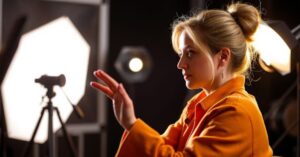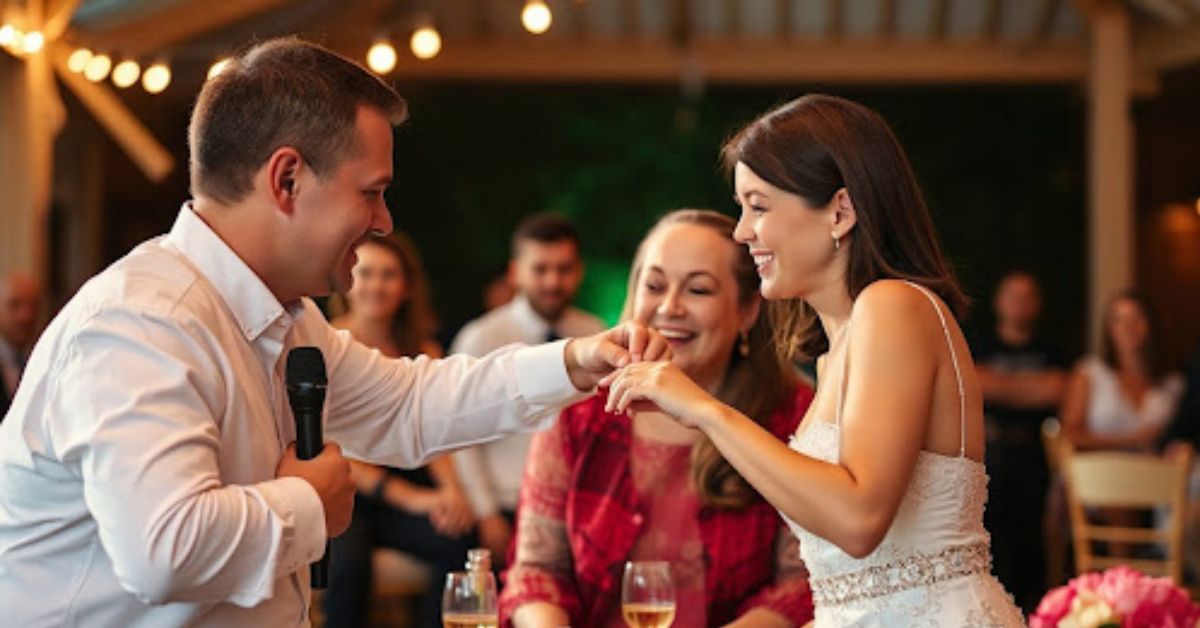Capturing the true essence of an event goes far beyond simply taking pictures; it’s about telling a compelling visual story. A professional photographer not only has the technical expertise to produce stunning images but also the artistic vision to preserve the moments that matter most. Whether it’s a corporate gala, a personal celebration, or wedding photography, here’s how you can bring your event to life through professional photography.
1. The Importance of Professional Photography for Your Event
Professional event photography is crucial for ensuring that your event’s most important moments are captured with precision and creativity. It’s not just about snapping photos—it’s about documenting the emotions, interactions, and details that make your event unforgettable.
- Quality Over Quantity: With a professional photographer, you get high-quality images that will preserve the vibrancy of your event, unlike casual photos from smartphones.
- Timeless Memories: High-quality photographs are not just about aesthetics; they help you relive the emotion of your event long after it’s over.
Choosing to work with a professional photographer ensures your event’s story is told in a way that’s both visually stunning and emotionally impactful. Their experience allows them to capture the essence of your event from the right angles and moments.
2. Planning Your Event Photography
Planning is key to achieving excellent event photos. A detailed pre-event consultation helps align the photographer’s approach with your vision for the day, ensuring that the essential moments are captured with finesse.
- Discuss Your Vision: Before the event, share your vision, themes, and goals for the event with the photographer. This will help them tailor their approach to suit your specific needs.
- Location Scouting: Professional photographers often scout the venue beforehand to identify the best spots for photos, taking into account lighting, space, and angles.
By clearly communicating your expectations and sharing your event schedule, you give your photographer the tools they need to be in the right place at the right time. This pre-event preparation ensures no important moments are missed.
3. Candid vs. Posed Photography: A Balanced Approach
Balancing candid and posed photography is crucial for creating a diverse and engaging photo collection. Both styles serve different purposes and contribute to the overall storytelling of your event.
- Candid Photography: Candid shots provide an authentic, unposed glimpse into the atmosphere of your event, capturing natural moments of joy, surprise, or emotion.
- Posed Photography: While candid moments are essential, posed shots help document key individuals and groups in more formal, structured ways.
By combining candid moments with carefully orchestrated group shots, professional photographers create a well-rounded album that represents the full spectrum of your event—from the formal to the spontaneous. Asian wedding photography is an excellent example where both candid and posed shots are necessary to preserve cultural rituals and personal moments in one cohesive story.
4. Capturing the Essence of Your Event
The role of a professional photographer is not just to document what happens at the event, but to capture the atmosphere, interactions, and emotions that make your gathering unique.
- Moments That Matter: Professional photographers have an instinct for spotting key moments, whether it’s a meaningful glance, a burst of laughter, or a surprise.
- Emotion-Focused Shots: A skilled photographer focuses on emotions, capturing authentic expressions that reflect the mood and spirit of your event.
Every event has its own rhythm and flow, and a professional photographer knows how to document these nuances. These photographers know how to balance formality with candid moments, preserving both the grandeur and intimacy of your event.

5. Lighting and Composition: The Professional’s Touch
Lighting and composition are two fundamental aspects that elevate event photography from basic snapshots to breathtaking images. A professional photographer has the knowledge and tools to make the most of the available light and create visually compelling images.
- Perfecting Lighting: Whether shooting indoors with dim lighting or outdoors under harsh sunlight, professionals know how to balance light and shadow to create striking images.
- Composition for Impact: Photographers use framing, angles, and the rule of thirds to create photos that are aesthetically pleasing and tell a coherent visual story.
Good lighting and thoughtful composition are what separate amateur photos from professional-grade ones. These elements ensure that the photos not only capture the event but also creatively highlight its beauty. In Asian wedding photography, these techniques are crucial for capturing vibrant colors, intricate patterns, and the symbolic gestures that make the day so special.
6. Editing and Post-Processing: Enhancing the Narrative
Once the event is over, the real magic begins. Post-processing is where the raw images come to life. A professional photographer uses editing techniques to enhance colors, correct lighting, and fine-tune the overall appearance of each image.
- Photo Retouching: Editing allows the photographer to remove distractions, adjust contrast, and make images pop while maintaining a natural look.
- Consistency in Style: The final images will have a consistent style that matches the mood and theme of your event, ensuring a polished and cohesive visual experience.
Post-processing is where your event photos go from great to extraordinary. It’s an essential step in ensuring that the photos reflect not just what happened, but how it felt. This is particularly important in events like Asian wedding photography, where rich colors, vibrant clothing, and intricate decorations need to be highlighted without losing their natural beauty.
7. Choosing the Right Photographer for Your Event
Selecting the right photographer is crucial to making sure your vision is realized. You want someone who understands your event’s tone and has experience in capturing similar occasions.
- Research and Reviews: Look for photographers who specialize in events similar to yours. Browse through portfolios and read reviews to gauge their experience and style.
- Communication Skills: A photographer who listens and communicates well with you is vital to ensuring the final results align with your expectations.
A well-chosen photographer is more than just a service provider—they become an essential part of your event, working closely with you to capture every key moment.
8. Making Your Photos Stand Out
Once your event is captured in stunning photos, it’s time to showcase them in ways that continue to tell your event’s story long after the day is over.
- Showcasing Your Photos: From digital albums to social media posts, there are many ways to share your images and relive the memories with your guests.
- Incorporating Photos into Branding: For corporate events, professional photos can also serve as powerful marketing tools, enhancing the brand’s image and promoting future events.
Photos can be shared in many formats—whether you’re printing them for a personal keepsake or using them for marketing and promotional purposes. They ensure that the essence of your event is preserved and enjoyed for years to come.
Conclusion:
Professional photography transforms fleeting moments into lasting memories. Whether it’s a corporate event or a personal celebration, a skilled photographer captures both the grandeur and intimate details of your day in timeless images. Planning your events and its photography is crucial for getting the best results. By discussing key moments and locations with your photographer in advance, you ensure nothing is missed. Thoughtful planning allows for the perfect shots, from candid moments to group photos.











